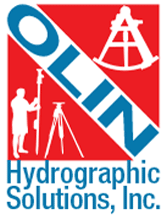Marine Resource & Seagrass Mapping
Marine resource and seagrass mapping surveys are necessary when determining locations for building marine structures in order to minimize environmental impacts. OHS has a fast turn-around and delivery for these types of projects with the help of our experienced staff.
 305.619.2800
305.619.2800